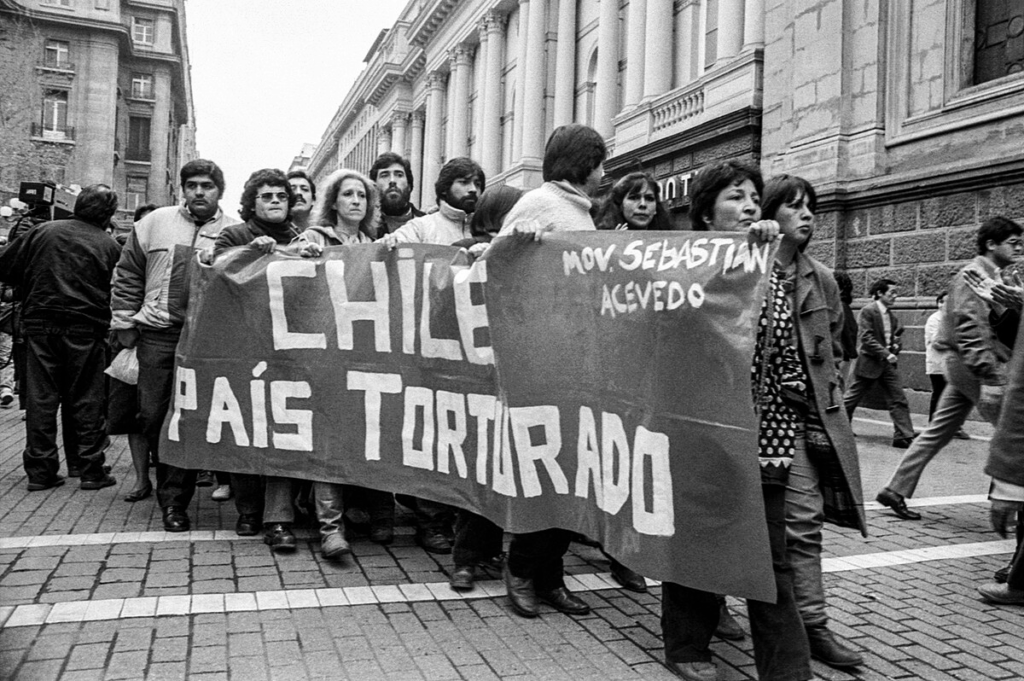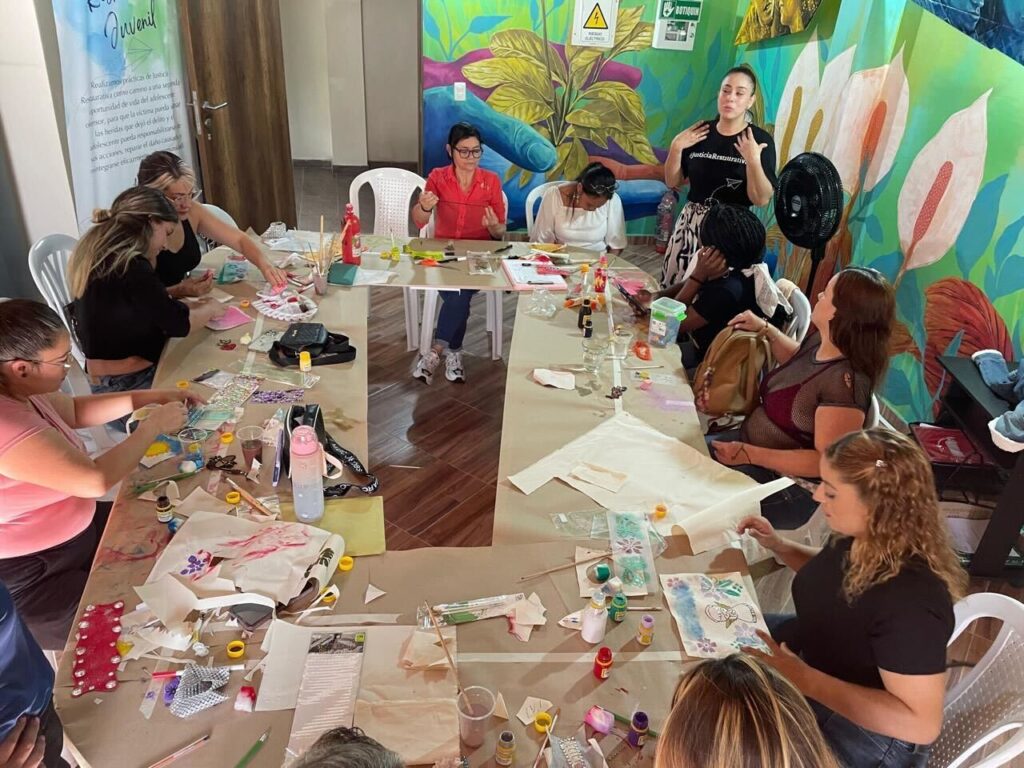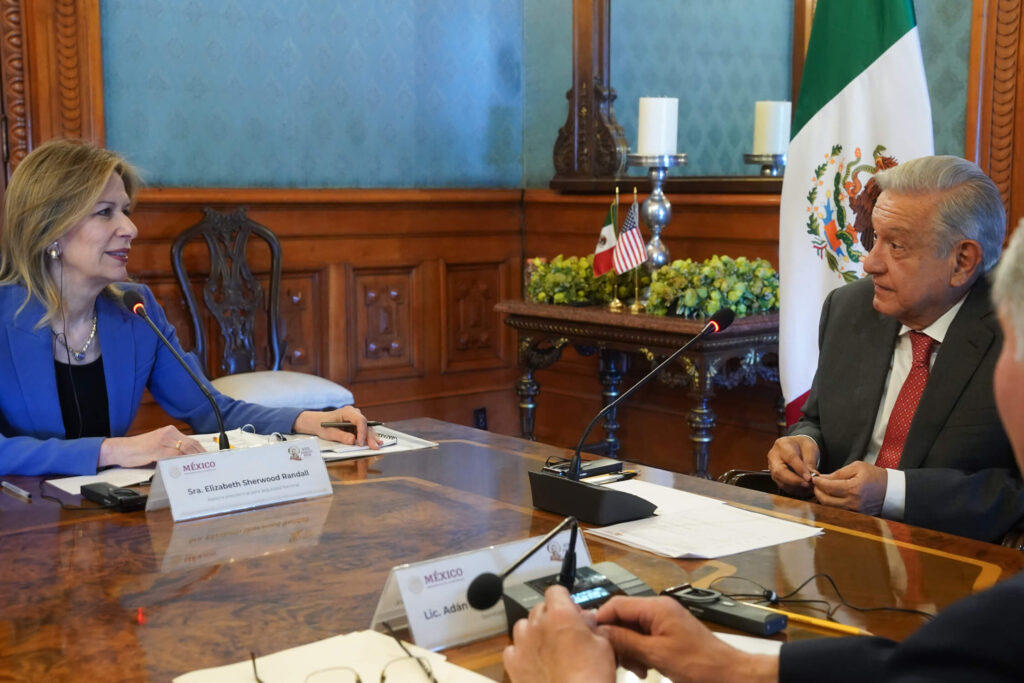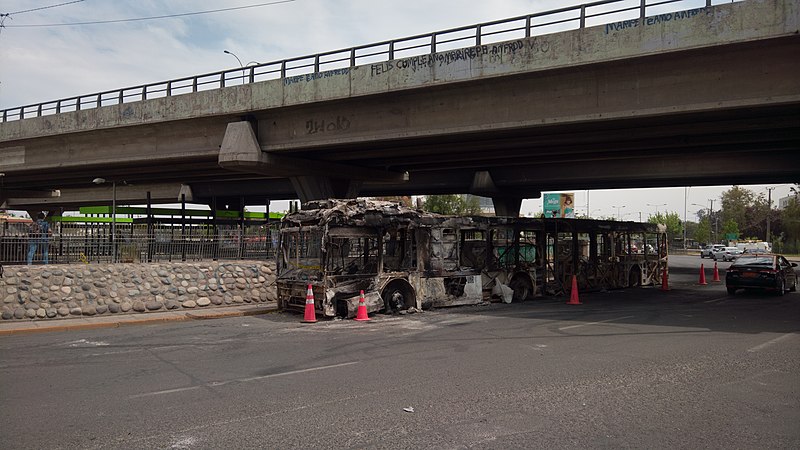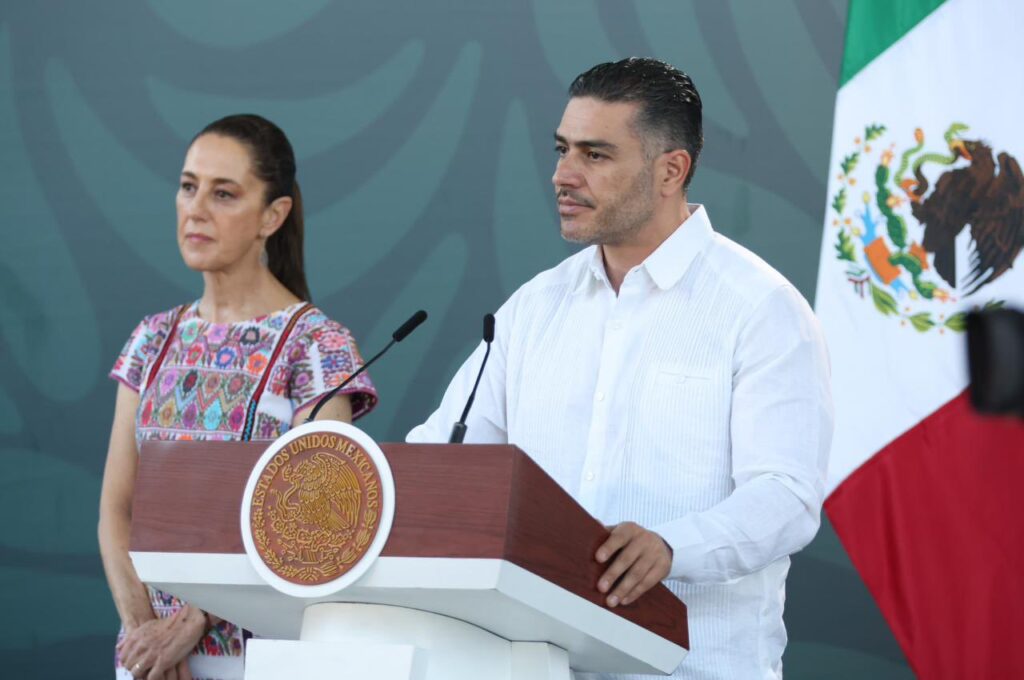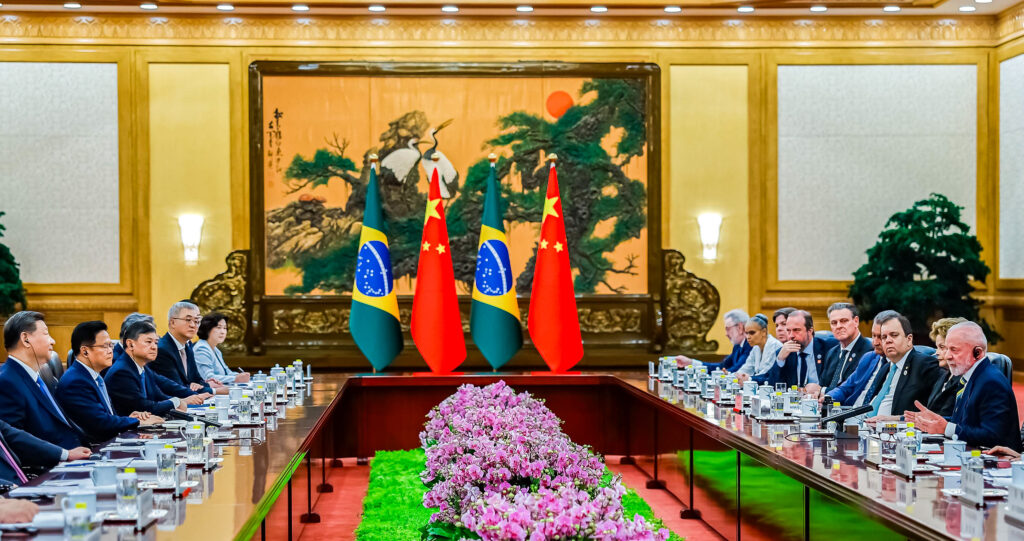When climate activist Helena Gualinga was a child, she lived in fear of not being able to return to the place she calls home: the Sarayaku indigenous community, located deep in the Ecuadorian Amazon. Living between Finland and Ecuador, Gualinga spent years and months at a time in the community throughout her childhood, and each time she left to go back to Finland, she worried that extractive industries would destroy the land.
Ecuador’s indigenous Sarayaku community is one of over 800 indigenous communities in Latin America. It is small in size, made up of approximately 1,500 people who live so remotely that they can only be accessed by canoe or a small airplane.

Like many indigenous groups, the Sarayaku faces the constant threat of losing their land, which is highly sought after by extractive industries. These industries have been able to exploit the territory for oil exploration since 1996, when the Ecuadorian government signed a contract with national oil company Petroecuador and CGC, a subsidiary of Chevron in Argentina.
In 2002, the year Gualinga was born, CGC and members of the Ecuadorian military entered Sarayaku lands to conduct seismic oil exploration, despite the government not asking the community’s permission to do so. In addition to confronting and asserting violence against members of the Sarayaku community, the company placed 1.5 tons of explosives in the forest, which destroyed sacred sites, according to the International Network for Economic, Social and Cultural Rights.
In 2012, the Sarakayu community took the Ecuadorian government to the Inter-American Court of Human Rights over the incident, and won. This is why Gualinga, now 17 years old, started her activism early, growing up taking part in protests and strikes alongside her family.
For Gualinga, growing up in an indigenous community is a form of activism in itself. “What is activism?” she asked Latin America Reports, rhetorically. Activism, in her opinion, is creating social change through action.
“We have had to stand up to big corporations and corrupt governments trying to get into our territories,” she said, explaining how the everyday lives of indigenous people revolve around taking action to protect their land.
In her opinion, the world can learn from indigenous people’s respect for the environment, and how they “risk their lives” to protect it, and apply this to the global fight against climate change.
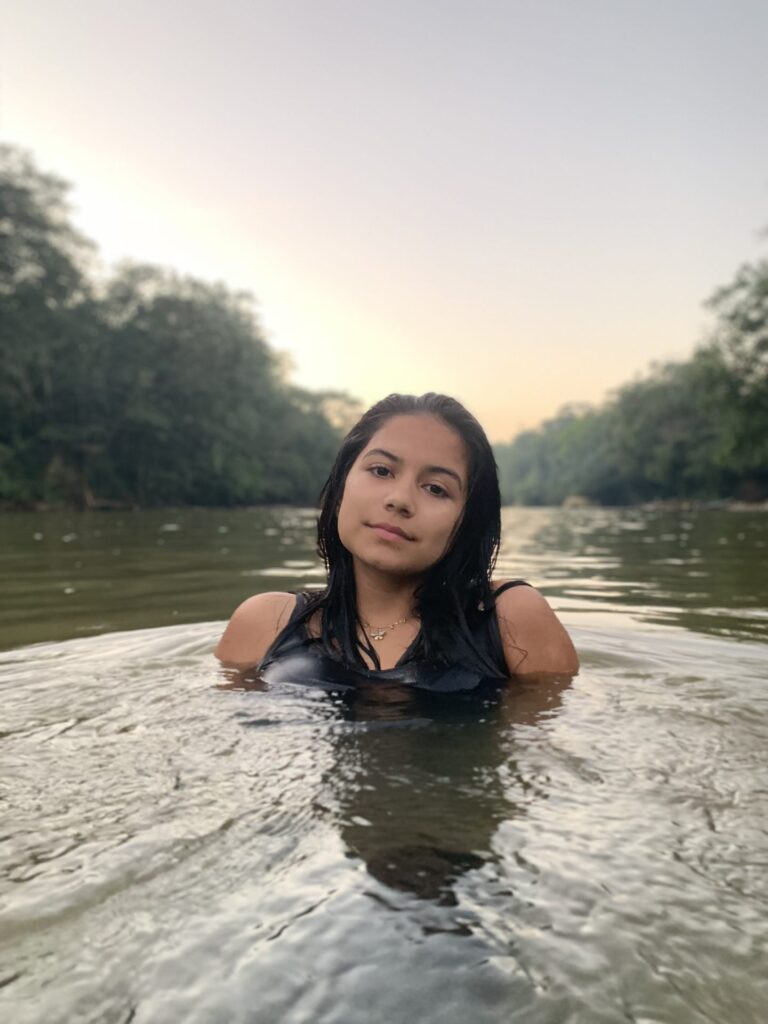
Protecting their surroundings comes as second nature to the Sarayaku community, who live off of the land by hunting, fishing and cultivating their food.
“We value the forest as much as we value people because we believe it has a spirit,” Gualinga explained. “The water is a protector, the birds are also protectors,” she continued, describing how the community has gained generations worth of knowledge from the land.
Although their lifestyle is what brings these communities closest to the environment, it also places them in a particularly vulnerable position, as they do not have the resources to deal with the environmental damage that extractive industries are already causing.
This is why stopping industries like the fossil fuel industry is Gualinga’s primary concern.This year, while juggling her school work, she is spearheading a campaign called ‘Polluters Out’ that recently launched on January 24.
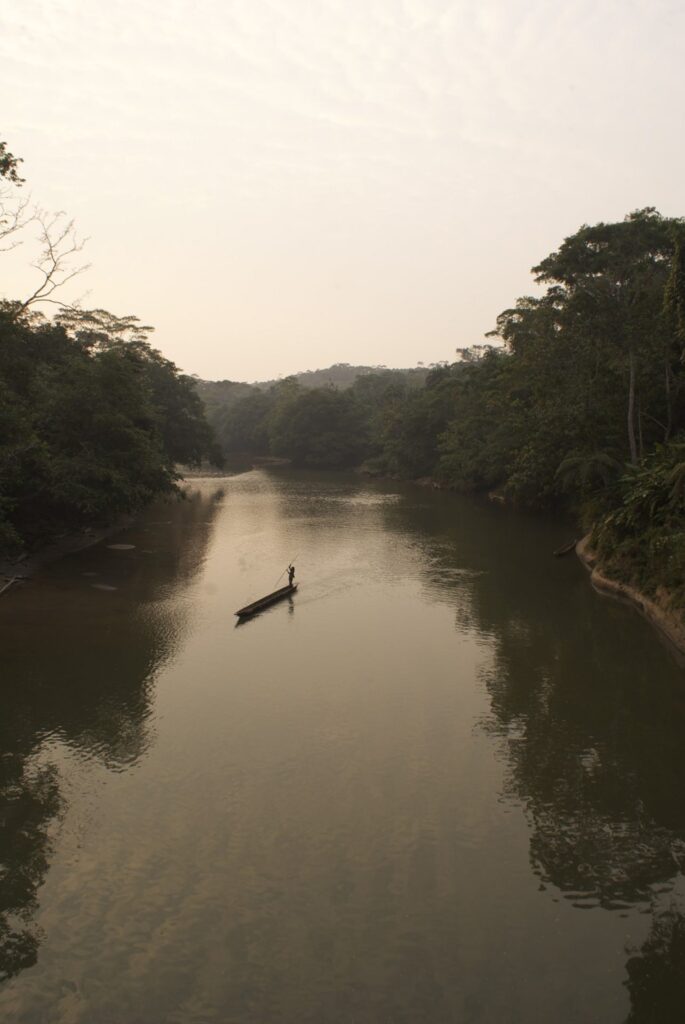
This project involves over 200 young climate activists, scientists, indigenous people, and members of grassroots organizations from over 40 countries around the world. Latin America is heavily represented in the list of member countries, which includes Ecuador, Argentina and Colombia.
According to the project’s website, ‘Polluters Out’ was born out of the “failure” of the COP 25 United Nations Climate Change conference, held last December in Madrid, where Gualinga spoke on a panel. This failure, its members believe, is a “symptom” of the fossil fuel industry’s dominance over land, government, banks, universities, and even climate negotiations themselves.
‘Polluters Out’ aims to remove the fossil fuel industry from every sphere it influences, starting by presenting the organization’s demands to governments who can take concrete action. The three pillars of their requests include removing fossil fuel industry influence and financing from negotiations, panels and discussions at the UN climate change conference; adding indigenous rights into the Paris Agreement; and increasing transparency over their spheres of influence.
Gualinga’s early activism has earned her comparisons with the Swedish environmental activist Greta Thunberg, who is of the same age. Gualinga admires Thunberg and the way she has inspired people to wake up to the threat of climate change by representing her generation, which was “screaming for action,” she said.
For Gualinga, it is important that young role models continue to speak up and give voices to communities who have been marginalized in the fight against climate change. Luckily, Gualinga is able to live between two worlds, enabling her to broadcast her remote community’s message on the international stage from her base in Finland.
However, unlike Thunberg, who spent time striking from school and decided to put her education on hold in the name of the fight against climate change, Gualinga intends to balance her passion and her education for one more year. Before university, where she plans to study a social science, Gualinga intends to take a year off.
After her studies, one of Gualinga’s hopes for the future is to return to the Sarayaku community to work and live a normal life. Until that day comes, she must keep fighting to protect it.



